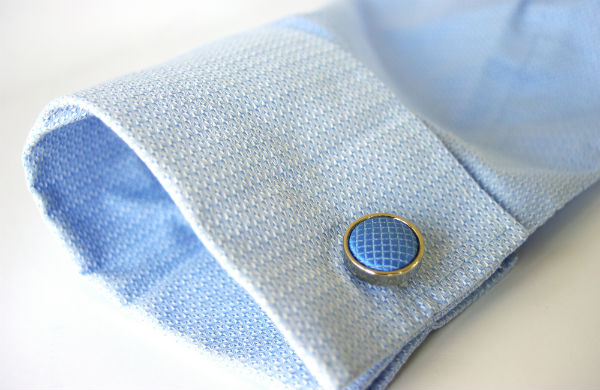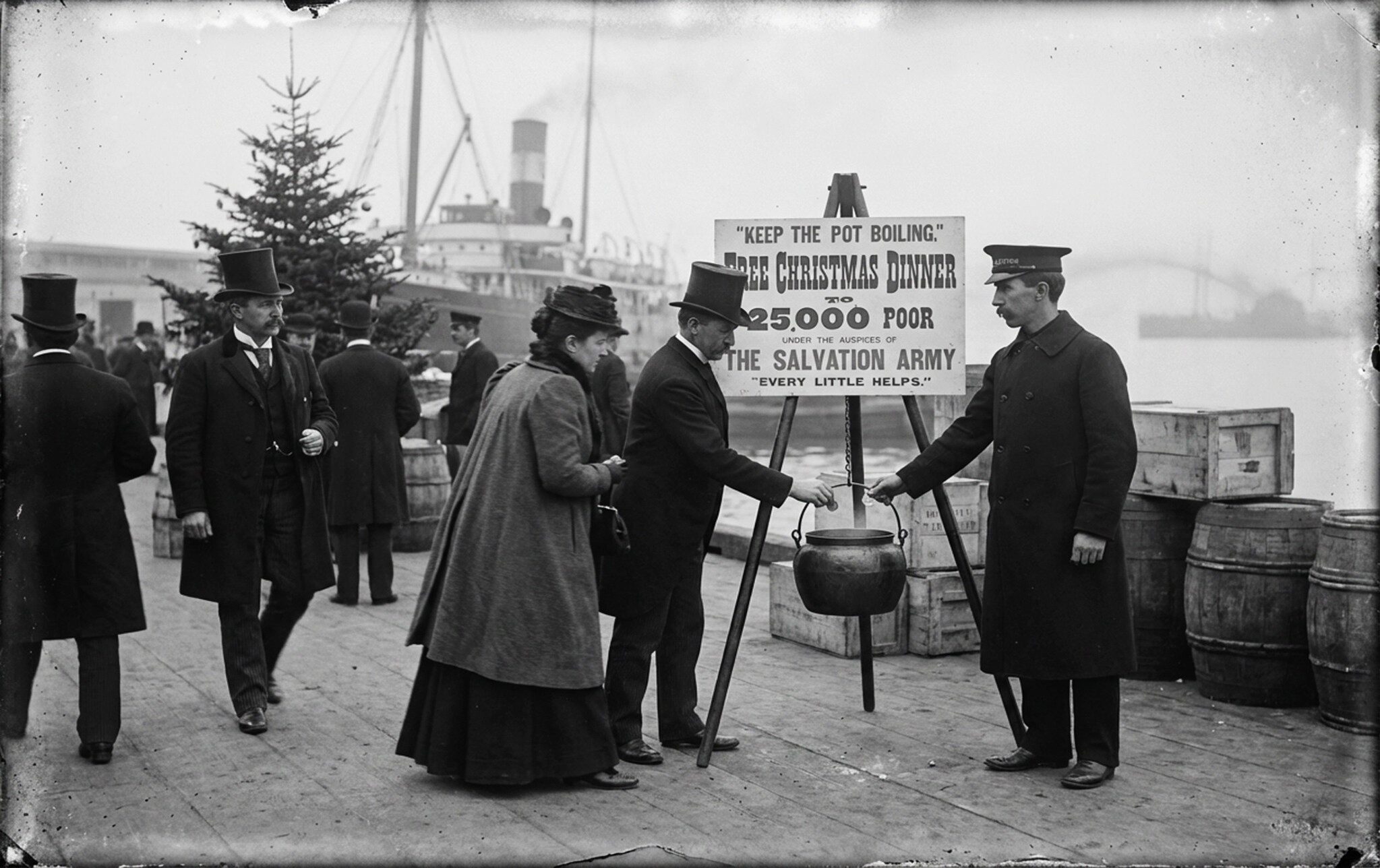There really is nothing like a good quality dress shirt. They feel great to wear, they sit better on you, they hold their shape longer, they stretch more to provide greater range of motion (translated, comfort), and they just plain last longer than cheap dress shirts.
Conversely, if you’ve ever bought a cheap dress shirt (or any article of clothing), you might be able to identify with the process of walking into the store, seeing the shirt hanging on a rack or folded in a display pile and thinking to yourself that the shirt looks really nice, but once you picked it up, you immediately knew it wasn’t great quality. Getting it home, you’d wear it but after a washing, the shirt already starts to lose it’s shape - the collar won’t stand up crisply, and the shirt generally starts to droop, more than sit or hang sharply on your body.
People don’t often think about this, but print materials follow the same realities.
A print piece can boast gorgeous design and effective layout of information, but if it’s printed on the cheapest paper stock option, it can completely undercut the impact of the piece. Cheap paper can kill the vibrancy of the colors, feel flimsy, look cheap, and become dog-eared and ragged in no time at all.
Now consider an organizations brochure that get’s mailed out. Often, those pieces are flagship pieces for the brand image. They set the tone for a marketing season and are one of the big hitters in terms of either driving sales or acting as a reference point for consumer decision-making.
It stands to reason, therefore, that you need to make that brochure stand out. But with the amount of junk mail and hand outs that people receive today, you have to think about how you’re going to get that brochure to stand out in the first place (so it doesn’t just get recycled), and how you’re going to get the recipient to attribute enough value to it to keep it lying around their home or office.
The paper quality you choose is a big part of that. A brochure that is deemed beautiful and of a high quality is hard to throw out. You want to create that reality for your print communications. You don’t just want someone to have that initial impact of the look of the brochure and/or interest in it’s content, you want to make it such a powerful experience that they struggle to throw it out, even after it has served it’s immediate purpose.
That happens through quality stock and printing.
So don’t shortchange your print materials. When you go to budget for your print communications, think long and hard about how you’re going to make that powerful impact on your audience, and plan to spend that extra money to get significantly increased bang for your buck.
Along the way, you’re only going to reinforce your brand as quality, valued and important to your audience, making it a win all the way around.





